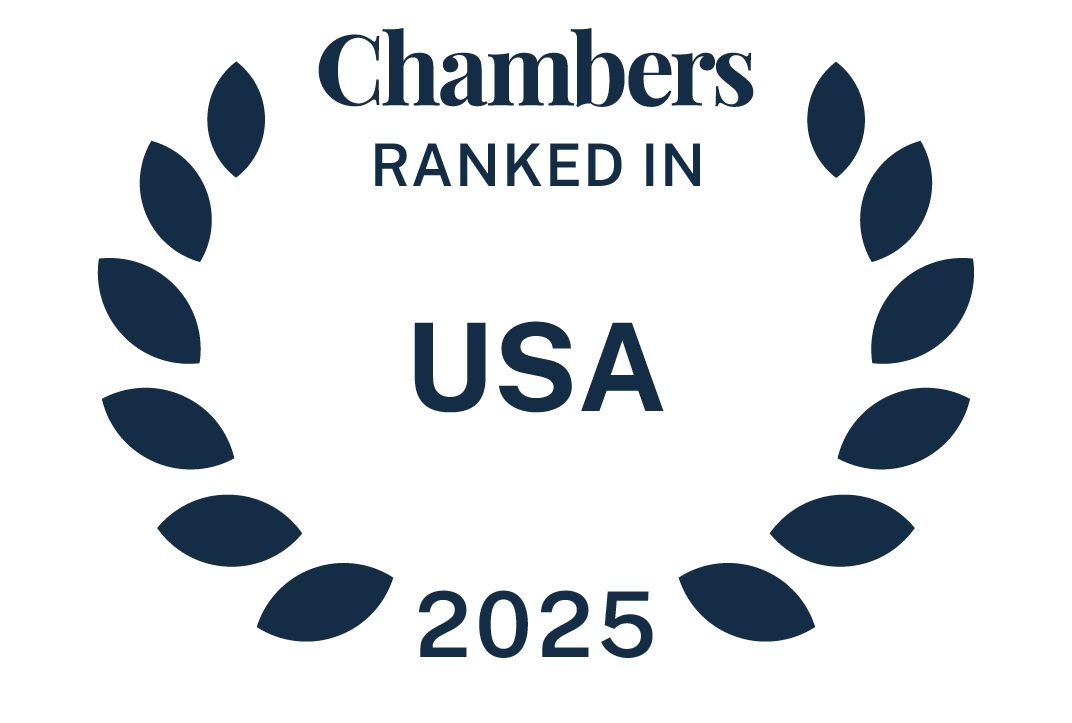The European Commission (Commission) has issued a package of measures (the Reform Package), the rationale for which is to simplify and streamline EU merger control. The Reform Package does this by extending “simplified” treatment to more transactions, reducing the information that parties to a notifiable transaction have to submit and streamlining the pre-notification process. The reforms take effect on 1 January 2014.
The overall objective of the Reform Package is to make EU merger procedures simpler and more business friendly. But it may actually introduce additional work for some types of transactions, for instance by introducing new categories of information that parties to a notifiable transaction must be prepared to supply.
The Reform Package
The Reform Package is comprised of a revised Merger Implementing Regulation, a Notice on Simplified Procedures and revised notification forms, namely a revised Form CO, a revised Short Form CO and a revised Form RS.
The main features of the Reform Package are as follows.
Extension of the Simplified Procedure
At present, transactions that do not present competition concerns are eligible for simplified treatment. Parties to these transactions are entitled to use the Short Form CO, which requires less information and generally requires less time because a market investigation is not necessary.
The Reform Package expands the simplified procedure to apply it to more transactions. Specifically:
- In markets in which two merging companies compete (horizontal overlap), the simplified procedure applies to mergers below a 20 per cent combined market share, instead of 15 per cent currently.
- In mergers where one of the companies sells an input to a market where the other company is active (vertically-related markets), the simplified procedure applies to mergers below a 30 per cent combined market share, instead of 25 per cent currently.
- Provided that the increase in market shares is small, i.e., a Herfindahl–Hirschman Index increase of 150 or less, the simplified procedure applies where the parties’ combined market shares are between 20 per cent and 50 per cent.
The Commission estimates that, under the Reform Procedure, between 60 and 70 per cent of notifiable transactions will be eligible for simplified treatment, representing a 10 per cent increase over current levels.
Information Requirements
The Reform Package introduces several changes in respect of the provision of information in connection with EU merger procedures. Some of these changes will reduce the overall amount of information that parties to notifiable transactions will have to provide to the Commission.
- More transactions eligible for simplified treatment. As the Reform Package makes more transactions eligible for simplified treatment, it follows that parties to those transactions will need to provide less information in connection with their merger procedure.
- Waivers for certain information. The Reform Package envisages that parties using either the Form CO or the Short Form CO will also need to provide less information, but this will largely remain within the discretion of the Commission case team reviewing the transaction. Specifically, under the Revised Package, parties will have greater likelihood of being relieved from providing certain required information.
- Change to the Definition of an “Affected Market.” For non-simplified cases, the Reform Package increases the threshold of what constitutes an “affected market”. At present, parties to a transaction must provide extensive information concerning all affected markets. The Reform Package has raised the thresholds for what constitute affected markets from 15 per cent to 20 per cent (in relation to horizontal markets) and 25 per cent to 30 per cent in relation to vertical markets. A logical corollary is that less market information will need to be provided because fewer markets will be examined by the Commission. In practice, therefore, the workload required from the parties will be lightened.
These changes will reduce the overall information requirements, although the Commission’s case team retains significant discretion to determine which information requirements can be dispensed with in practice.
The Commission has, however, also introduced new categories of information that will need to be provided.
- Increased requirements for transactions under the simplified procedure. Where the parties’ activities overlap in the European Economic Area (EEA), or where there is a vertical relationship between them, the parties will have to submit presentations that analyse the transaction that were prepared by or for, or received by, members of the board of management, board of directors, supervisory board, any person exercising similar functions or the shareholders’ meeting.
- Increased requirements for transactions under the full procedure. Parties will have to provide the board documents described above and substantial additional information, including analyses, reports and other documents from the prior two years that analyses the transaction or alternative transactions.
The Commission has indicated that parties may ask the Commission case team to dispense with some of these requests. The Commission has also noted that it only wishes to review those documents that analyse the transaction in relation to alternative acquisitions. Nevertheless, the new scope of documents to be provided is clearly very broad.
Joint Ventures Active Outside the EEA
The Reform Package substantially streamlines the Commission’s approach to joint venture transactions that have no connection with the EEA.
The current jurisdictional thresholds of the EU Merger Regulation as applied to joint ventures has resulted in a large number of joint ventures that have no connection to the EEA being subject to merger control in the EU solely as a result of their parents’ EEA revenue.
The Reform Package therefore introduces a “super-simplified” notification for joint ventures active entirely outside the EEA. For these transactions, parties only need to describe the transaction, their business activities and sufficient revenue information to establish jurisdiction.
Pre-Notification Contacts
Pre-notification contacts are a necessary part of EU merger procedures, but the European Commission has faced criticism over the length of these procedures.
The Reform Package partly addresses this problem, mainly through the expanded use of the simplified procedure. By enabling more parties to be able to use the simplified procedure, it reduces the information that needs to be provided to the Commission when compared with a full procedure. Since less information is required, the Reform Package is expected to lead to shorter pre-notification contacts for these cases.
Parties to transactions benefiting from the simplified procedure may also be able to file without any pre-notification discussions where their activities do not horizontally overlap and they have no vertical relationship. There does however, remain a risk in this situation that notification could be considered incomplete. This could act as a disincentive to notify without engaging in even brief pre-notification discussions.
Comment
The Reform Package will clearly enable more transactions to benefit from the simplified procedure, which should reduce the burdens on companies in relation to transactions notifiable in the European Union. The creation of a super-simplified procedure for transactions involving joint ventures having no link to the EEA is particularly welcome.
With that said, the overall reduction in burden may be offset by the potentially significant increase in the information that parties to transactions under both the simplified procedure and the full procedures are expected to provide. This may be mitigated if information requirements will be increasingly waived, but this remains subject to the discretion of the Commission case team and therefore introduces some uncertainty into the process.
The extent to which pre-notification contacts will be streamlined is also unclear, since this is primarily linked to the greater use of the simplified procedure. Parties to transactions that are eligible for notification with no pre-notification contacts at all may not choose to take advantage of this option as they will continue to run the risk that the Commission case team will require more information to confirm that the transaction actually qualifies for simplified treatment. In this case, the Commission case team could simply issue a determination that the notification is “incomplete”, which would essentially start the process over again.



